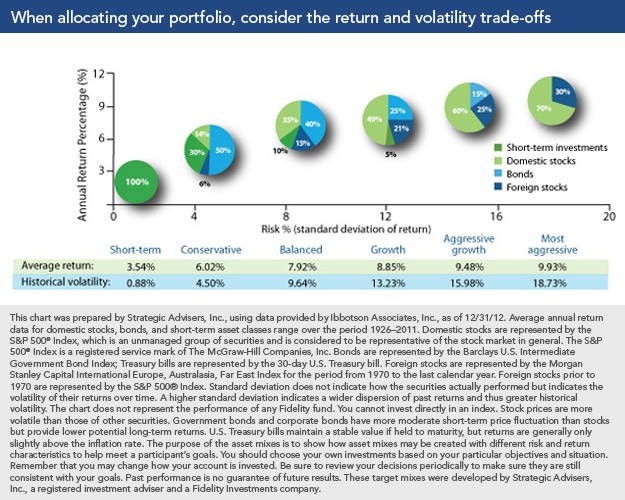Market Volatility and Its Impact on Diversification
Post on: 9 Август, 2016 No Comment

In December 1968, a paper by J. Evans and S.H. Archer entitled Diversification and the Reduction of Dispersion: An Empirical Analysis, appeared in the Journal of Finance. Its conclusion was that an investor could construct a portfolio containing no more than 15 randomly selected stocks to exhaust all the benefits of diversification (as measured by the standard deviation).
A new study to be published in an upcoming Journal of Finance was recently co-authored by professors Princeton University Professor Burton Malkiel, Harvard University Professor John Campbell, University of Texas Professor Yexiao Xu, and Federal Reserve Bank of New York Economist Martin Lettau. The study, entitled Have Individual Stocks Become More Volatile, argues that an increase in the volatility of individual stocks, and a declining correlation of stocks within the S&P 500 Index have led to a significant increase in the number of securities needed to achieve the same level of portfolio risk. The authors determined that, for the two decades prior to 1985, to reduce excess standard deviation (a measure of diversifiable portfolio risk) to 10 percent, a portfolio would have to consist of at least 20 stocks. From 1986 to 1997 that figure increased to 50.
While the study found that there was a large increase in the volatility of individual stocks, they found no long-term increase in overall market volatility. The publics perception of an increase in overall market volatility is probably accounted for by the large swings in the absolute (not percentage) swings in the popular market indices. The authors concluded, that, although there have been periods of increased volatility, over time the market-index returns show no systematic tendency to increase. (This conclusion is despite the authors observation of what is most likely a temporary increase in overall market volatility during 1999-2000 an increase that we propose may mean even more than 50% stocks would be required to achieve adequate diversification in todays market.)
The authors offer three explanations for the increased volatility of individual stocks. The first contributing factor they propose is the increased influence of institutional investors during the past 40 years. Institutional investors have exhibited a herd mentality. Thus when hundreds of funds and pension plans rush to buy or sell at roughly the same time, price changes became more exaggerated. A second explanation offered is the advent of retail day traders. The third explanation is the tendency for companies to go public at a much earlier stage, when they are likely to be more volatile.
Keep in mind that even a portfolio of 50 stocks (and, as mentioned above, we propose the number may be even higher in todays possibly temporarily heightened market volatility) will still leave an investor with 10 percent excess standard deviation. In addition, while a 50-stock portfolio might accurately track the S&P 500 Index during a long period of time, it might present the investor with very large short-term tracking errors. This might not be an acceptable level of risk for many investors.
We believe the evidence is clear. Today more than ever there is a greater need for diversification. The implication for individual investors is that broad-based index or passively managed asset class mutual funds (or their equivalent ETFs) provide the most effective diversification, and do so at a very low cost. The advent of index and passively managed funds that are also tax managed basically eliminates any advantages that an individually tailored private account might offer.
Source: Bloomberg Wealth Manager, July/August 2000














